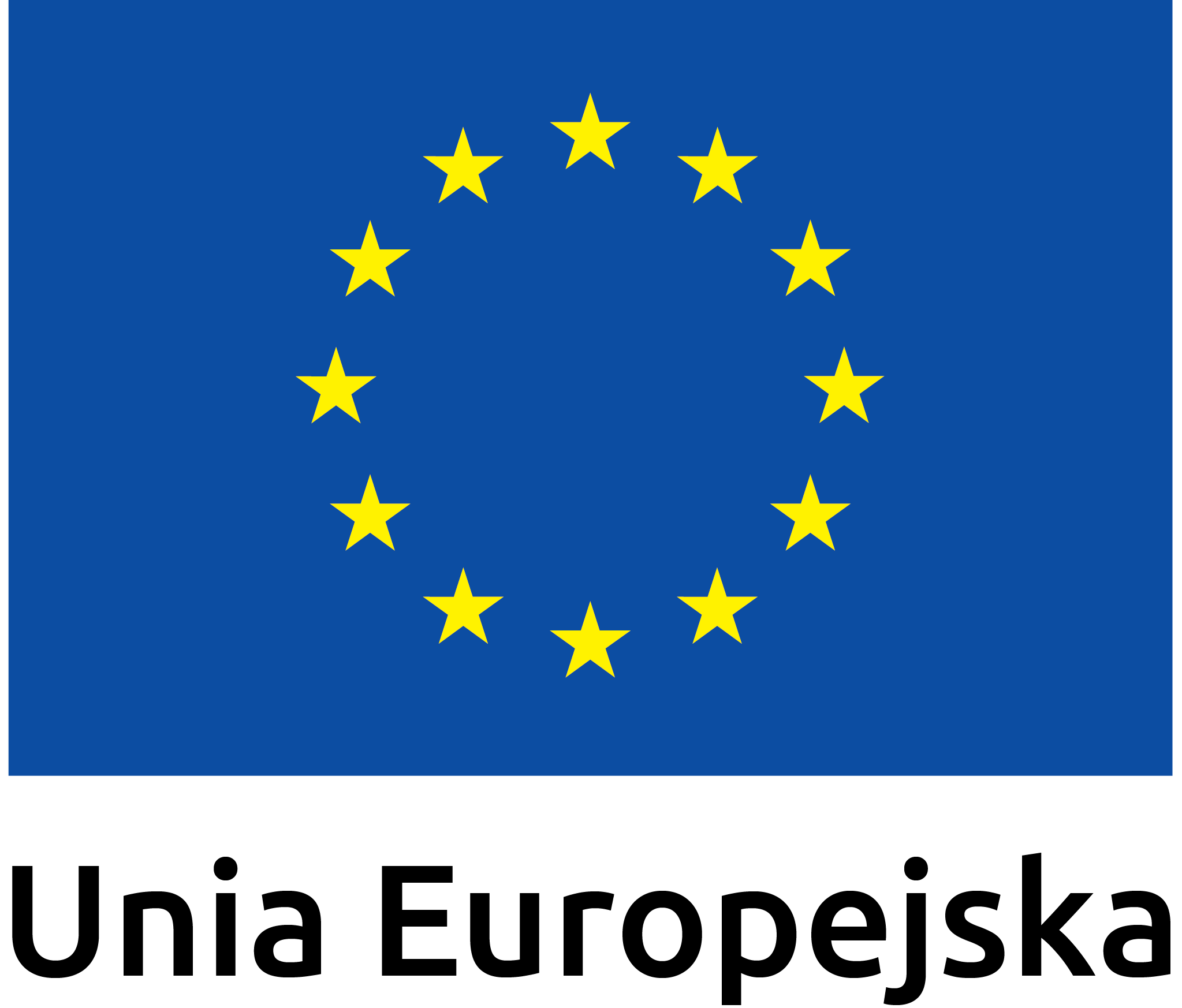Sądecki Ethnobotanical Herbarium
Concept and editing: Joanna Hołda, Maria Magdalena Kroh
Authors of entries: Joanna Hołda, Dr. Łukasz Sochacki
Selection and preparation of materials: Joanna Hołda, Dr. Łukasz Sochacki, Bogusława Błażewicz, Kamil Basta, Teresa Ortyl, Sylwia Zarotyńska
Author of the introduction: Dr. Piotr Klepacki
Publisher: Muzeum Ziemi Sądecka
Publication prepared as part of the project "Tree of the World - plants in the folk culture of the Sądecczyzna region" Co-financed by the Minister of Culture and National Heritage from the Culture Promotion Fund
When we talk about plants in folk culture, the first association usually leads us to herbal medicine. Field materials and ethnographic sources about plants in peasant communities also pay the most attention to folk medicine. This work, although we call it the "Sądek herbarium", is not a collection of recipes for plant medicines. The descriptions of the medicinal properties of plants and recommendations regarding their use in medicine, veterinary medicine and cosmetics, even if presented with apothecary's precision, are of a theoretical nature. These are extracts from ethnographic sources. They illustrate traditional knowledge about plants, often not confirmed by official medicine and botany. They belong to folk ideas about space, whose characteristic features include, among others: diverse and complex relationships between the world of humans and plants, covering almost all areas of life.
When we talk about plants in folk culture, the first association usually leads us to herbal medicine. Field materials and ethnographic sources about plants in peasant communities also pay the most attention to folk medicine. This work, although we call it the "Sądek herbarium", is not a collection of recipes for plant medicines. The descriptions of the medicinal properties of plants and recommendations regarding their use in medicine, veterinary medicine and cosmetics, even if presented with apothecary's precision, are of a theoretical nature. These are extracts from ethnographic sources. They illustrate traditional knowledge about plants, often not confirmed by official medicine and botany. They belong to folk ideas about space, whose characteristic features include, among others: diverse and complex relationships between the world of humans and plants, covering almost all areas of life.
